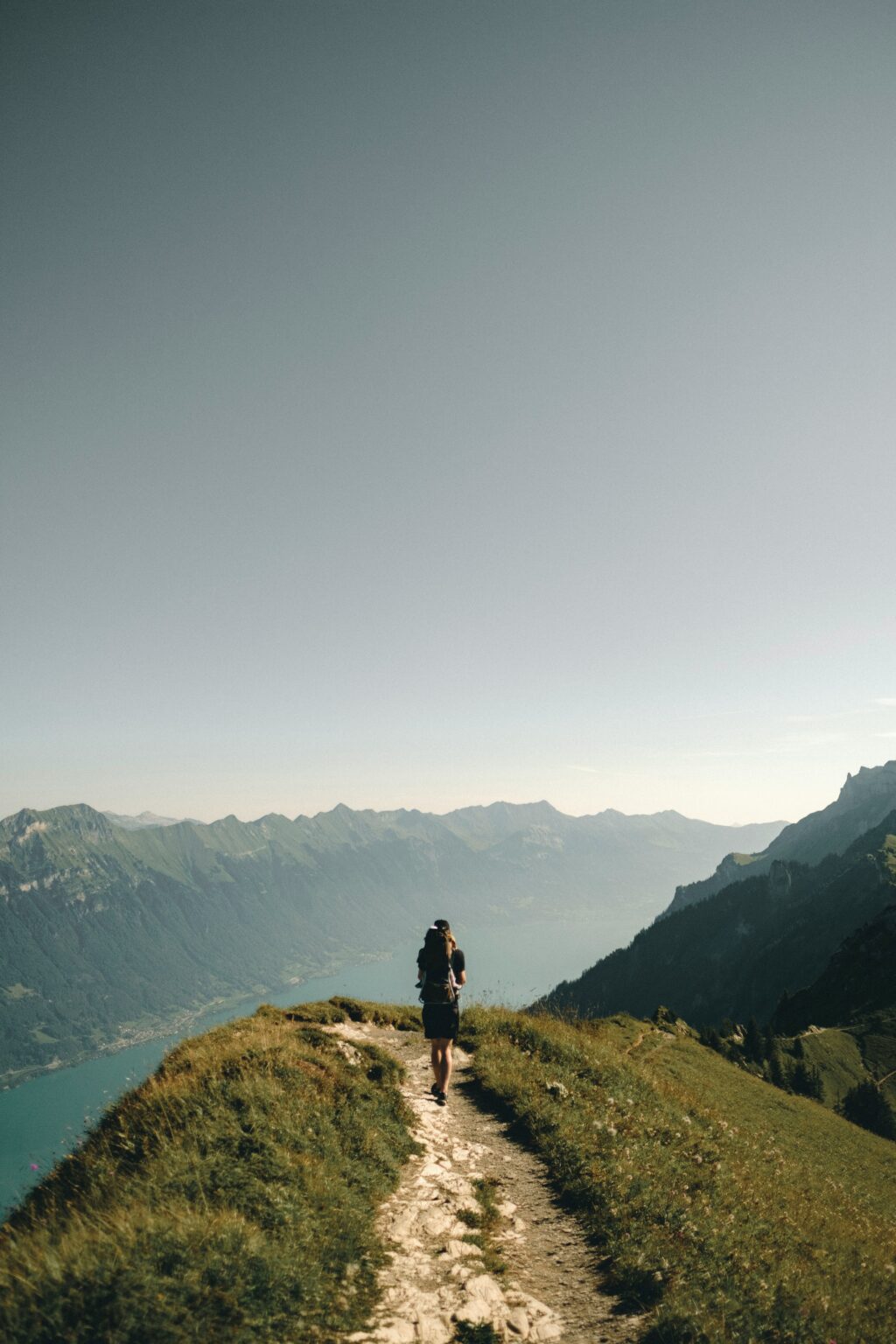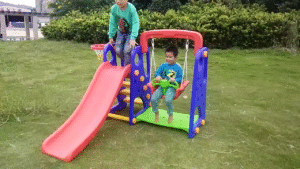
This travel invites you to slow down, breathe deeply, and connect with landscapes in a way no vehicle ever could.Trekking & Hiking Tourism is one of the most immersive ways to experience the planet’s raw beauty, cultural depth, and physical challenge. Whether you’re scaling Himalayan passes, wandering through alpine meadows, or tracing ancient trails in Europe.
From weekend hikes to multi-day expeditions, trekking and hiking tourism has evolved into a global movement—one that blends adventure, wellness, sustainability, and storytelling.
🥾 Why Choose Trekking & Hiking Tourism?
Unlike conventional travel, trekking and hiking tourism is about the journey, not just the destination. It’s about waking up to birdsong, crossing rivers on foot, and sharing stories around a campfire.
- Deep Nature Immersion: Walk through forests, deserts, mountains, and coastlines.
- Physical & Mental Wellness: Boosts fitness, reduces stress, and fosters mindfulness.
- Cultural Encounters: Meet locals, stay in homestays, and learn regional traditions.
- Eco-Friendly Travel: Minimal carbon footprint and low-impact exploration.
- Self-Discovery: Challenges your limits and builds resilience.
🌍 Top Destinations for Trekking & Hiking Tourism
Whether you’re a beginner or a seasoned trekker, here are some iconic and emerging destinations:
| Region | Highlights |
| India | Himalayan treks (Roopkund, Valley of Flowers, Kedarkantha), Western Ghats trails |
| Nepal | Everest Base Camp, Annapurna Circuit, Langtang Valley |
| Europe | Tour du Mont Blanc, Camino de Santiago, Dolomites |
| South America | Inca Trail to Machu Picchu, Patagonia, Colombia’s Cocora Valley |
| Southeast Asia | Sapa (Vietnam), Mount Rinjani (Indonesia), Chiang Mai trails |
| Africa | Mount Kilimanjaro, Drakensberg Mountains, Atlas Mountains |
| North America | Appalachian Trail, Pacific Crest Trail, Canadian Rockies |
| Australia & NZ | Milford Track, Overland Track, Larapinta Trail |
🧳 Types of Trekking & Hiking Tourism Experiences
Depending on your fitness level, time, and interests, here are popular formats:
1. Day Hikes
Short trails ideal for beginners or weekend travelers. Examples: Triund (India), Tiger’s Nest (Bhutan), Cinque Terre (Italy).
2. Multi-Day Treks
Involve camping or staying in lodges. Examples: Hampta Pass, Annapurna Base Camp, Torres del Paine.
3. Pilgrimage Trails
Blend spirituality and endurance. Examples: Char Dham Yatra, Camino de Santiago, Kumano Kodo (Japan).
4. High-Altitude Expeditions
Demand acclimatization and fitness. Examples: Everest Base Camp, Stok Kangri, Kilimanjaro.
5. Forest & Coastal Trails
Great for biodiversity and scenic beauty. Examples: Western Ghats, Abel Tasman Coast Track, Oregon Coast Trail.
6. Snow Treks
Winter-specific treks with snow gear. Examples: Kedarkantha, Chopta–Tungnath, Rila Mountains (Bulgaria).
🕒 Best Time for Trekking & Hiking Tourism
Timing depends on geography and climate:
- India & Nepal: March–June and September–November for Himalayan treks.
- Europe: May–October for alpine trails.
- South America: April–October for dry season treks.
- Africa: June–October for Kilimanjaro and Atlas Mountains.
- Australia & NZ: October–April for most trails.
💡 Tips for Planning a Trekking & Hiking Trip
To make your journey safe and memorable, keep these in mind:
- Train Ahead: Build stamina and leg strength before your trip.
- Pack Smart: Lightweight layers, trekking shoes, hydration packs, and trail snacks.
- Hire Local Guides: Supports communities and enhances safety.
- Respect Nature: Leave no trace, avoid plastic, and stick to trails.
- Check Permits: Some treks require advance booking or government clearance.
- Stay Flexible: Weather and altitude can change plans—adapt and enjoy.
🧘♀️ Unique Experiences to Add to Your Trekking & Hiking Tourism
Want to elevate your trek beyond the trail? Try these:
- Camp Under the Stars: Experience silence and stargazing in remote valleys.
- Join a Local Festival: Time your trek with regional celebrations.
- Wildlife Spotting: Look out for Himalayan monals, ibex, or red pandas.
- Try Trail Yoga: Stretch and meditate in nature’s lap.
- Document Your Journey: Keep a travel journal or vlog your experience.
🛍️ What to Bring Back From Your Trek
Skip the souvenirs—carry memories and meaningful keepsakes:
- Handmade Crafts: Support local artisans in mountain villages.
- Natural Finds: Pressed flowers, trail sketches, or stone tokens.
- Stories & Photos: Share your journey to inspire others.
- Local Recipes: Learn to cook trail meals or regional dishes.
🚗 Getting Around Trekking Regions
Transport varies by terrain and remoteness:
- Local Buses & Jeeps: Common in Himalayan and rural regions.
- Trains & Flights: Useful for reaching base cities.
- Porters & Mules: Essential for gear on high-altitude treks.
- Self-Drive: Great for accessible trails with scenic routes.
🏨 Accommodation Options for Trekking & Hiking Tourism
From rustic to comfortable, here are common stay types:
- Tents & Campsites: Basic but immersive.
- Tea Houses & Lodges: Popular in Nepal and India.
- Homestays: Cultural immersion and local food.
- Eco-Lodges: Sustainable stays with nature views.
- Forest Guesthouses: Government-run or private options near trails.
✈️ How to Reach Trekking Destinations
Most treks begin with travel to a base city or village:
- India: Fly to Dehradun, Leh, or Bagdogra; drive to trailheads.
- Nepal: Fly to Kathmandu or Pokhara; connect via jeep or flight.
- Europe: Use trains and buses to reach alpine towns.
- South America: Fly to Cusco, El Calafate, or Quito.
- Africa: Fly to Arusha or Marrakech; drive to mountain bases.
🧭 Final Thoughts
Trekking & Hiking Tourism is more than a physical activity—it’s a soulful journey. It teaches patience, humility, and appreciation for the world’s natural wonders. Whether you’re crossing snowy passes, walking through flower-filled valleys, or simply hiking to a sunset point, every step brings you closer to yourself.
So lace up your boots, pack your spirit of adventure, and let the trail lead the way.




